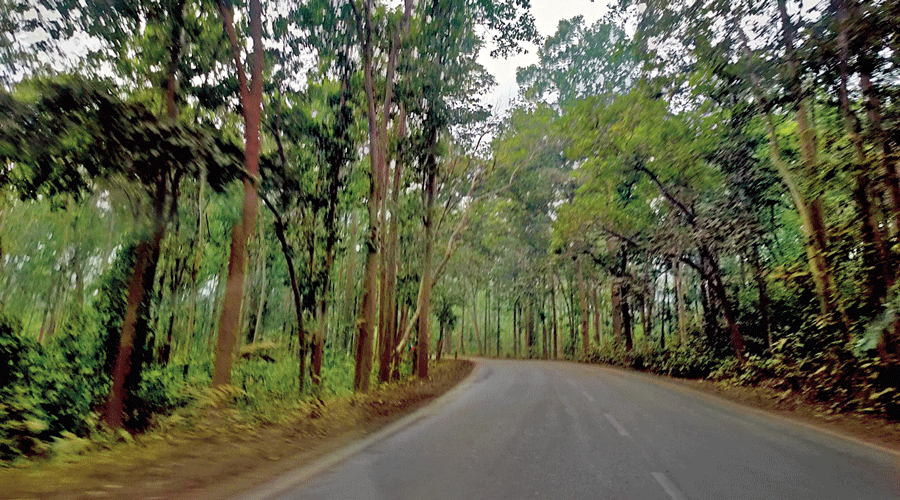Six Jharkhand districts are highly vulnerable to the climate change effect on agriculture.
Aswini Kumar Choubey, the minister of state in Union environment, forest and climate change ministry, said this in the Rajya Sabha during the recent monsoon session of Parliament.
“The Indian Council of Agricultural Research (ICAR) has conducted impact analysis and the effect of climate change on the agriculture sector under the National Innovations in Climate Resilient Agriculture (NICRA) project,” the minister said in reply to a question asked by Deepak Prakash, the Rajya Sabha MP from Jharkhand who is also the BJP state unit president.
Prakash asked if the Union government had conducted any study for assessing the impact of climate change on various ecosystems, including agriculture in the country and, if so, whether there would be any impact on Jharkhand too. He also wanted to know if any plan was drawn up for tackling the adverse impact of climate change.
As part of the NICRA project, a district level vulnerability assessment was undertaken to facilitate prioritisation and targeting of adaptation and development initiatives, minister Choubey said, adding that risk and vulnerability assessment of Indian agriculture to climate change for all the states, including Jharkhand, was also undertaken under this project.
“The analysis was undertaken for 18 rural districts of Jharkhand and the results indicated that 6 districts — Garhwa, Godda, Gumla, Pakur, Sahibganj and West Singhbhum — are categorised as high-risk prone,” the minister said.
The variable impact of climate change has been projected for the production of various crops, including rice, wheat, maize, groundnut, chickpea and potato, he said.
Under the NICRA, attempts were being made to develop new climate-resilient varieties of various crops, including heat and drought tolerant wheat, flood tolerant rice, drought tolerant pulses, and water logging and high temperature tolerant tomato, the minister added.
As per India’s Third Biennial Update Report (2021) submitted to the United Nations Framework Convention on Climate Change (UNFCCC), the studies on forests and biodiversity indicate that many natural ecosystems in the country are vulnerable to ongoing and future climate changes, the minister further informed, adding modelling studies at the national level also indicated that 18 to 28% of forested areas were expected to be impacted by projected climate change under different emission scenarios in short and long term.
“The dominant tree species in central Indian forests, teak and sal will be more sensitive to change in temperature than rainfall,” he further said.
It implied that Saranda forest in West Singhbhum district, known as Asia’s largest sal forest, was to badly impacted by climate change in course of time.
“As a party to the UNFCCC, India periodically submits its national communications and biennial update reports to it,” Choubey informed, adding that the government was implementing the National Action Plan on Climate Change (NAPCC) that provides an overarching policy framework for all climate actions.
The NAPCC comprises of eight core missions in specific areas such as solar energy, enhanced energy efficiency, sustainable habitat, water, sustainable Himalayan ecosystems, Green India, sustainable agriculture, and strategic knowledge for climate change, he elaborated.
Thirty-three states and Union Territories had prepared their State Action Plan on Climate Change that was consistent with the aims of the NAPCC, the minister added.











